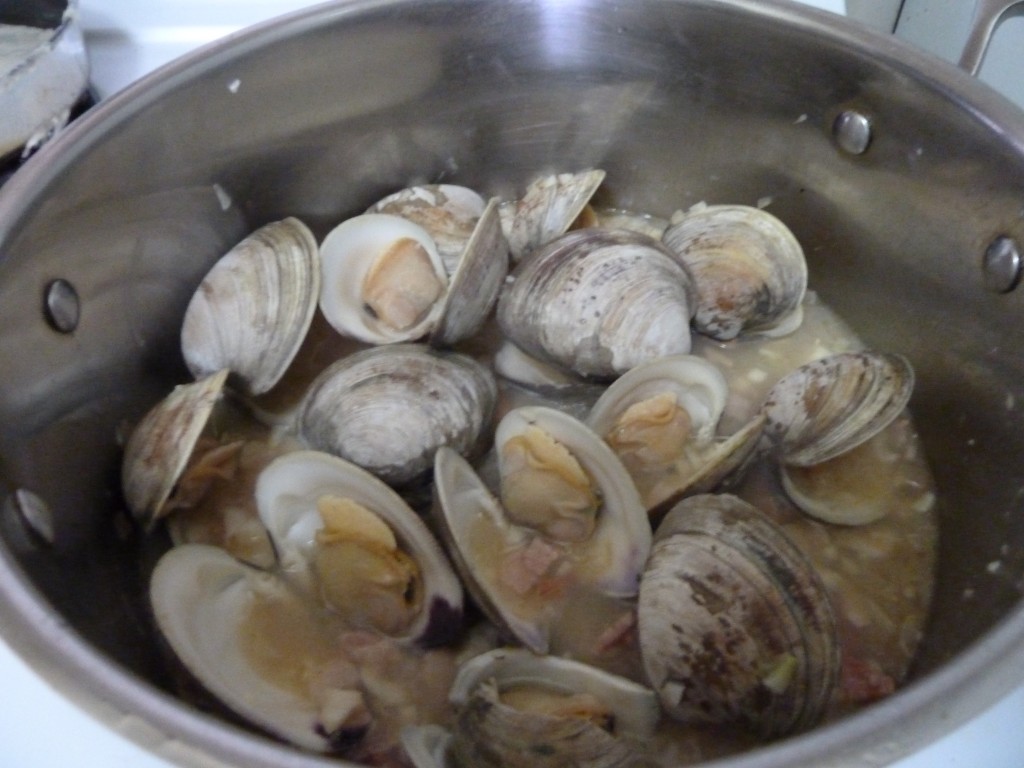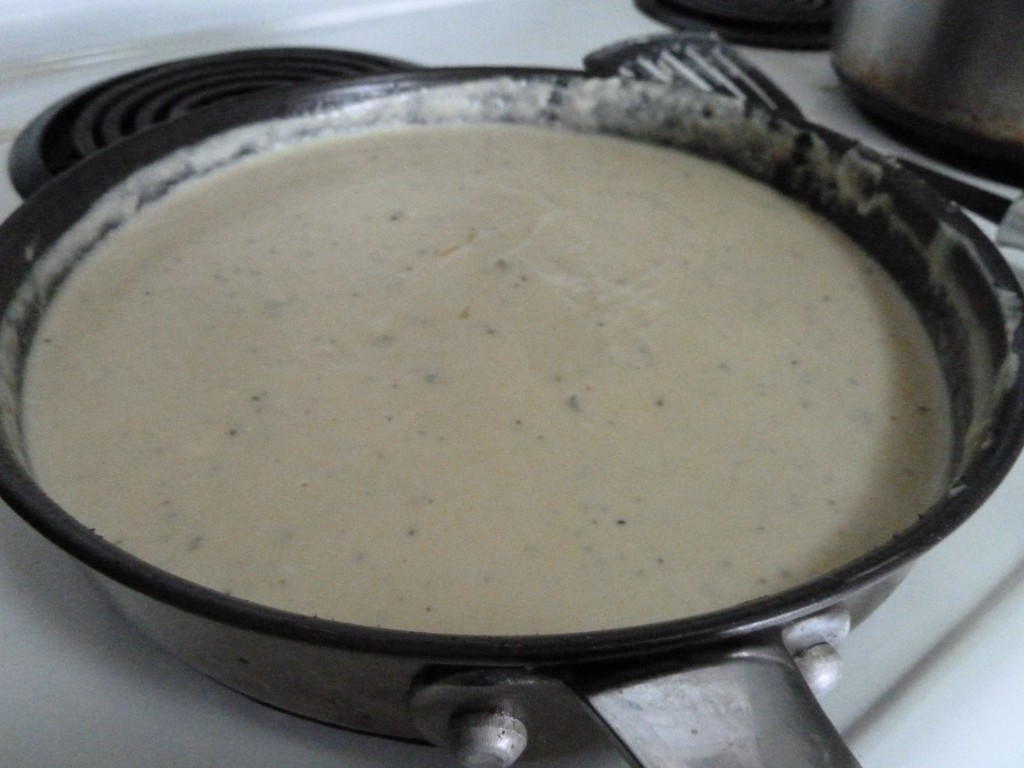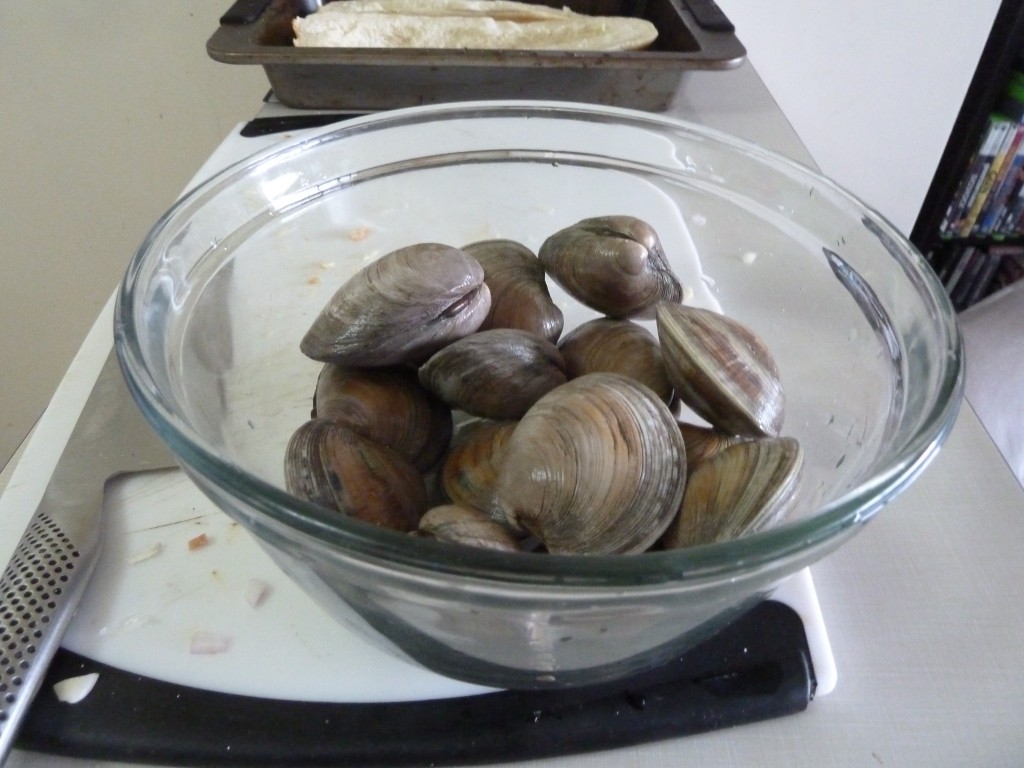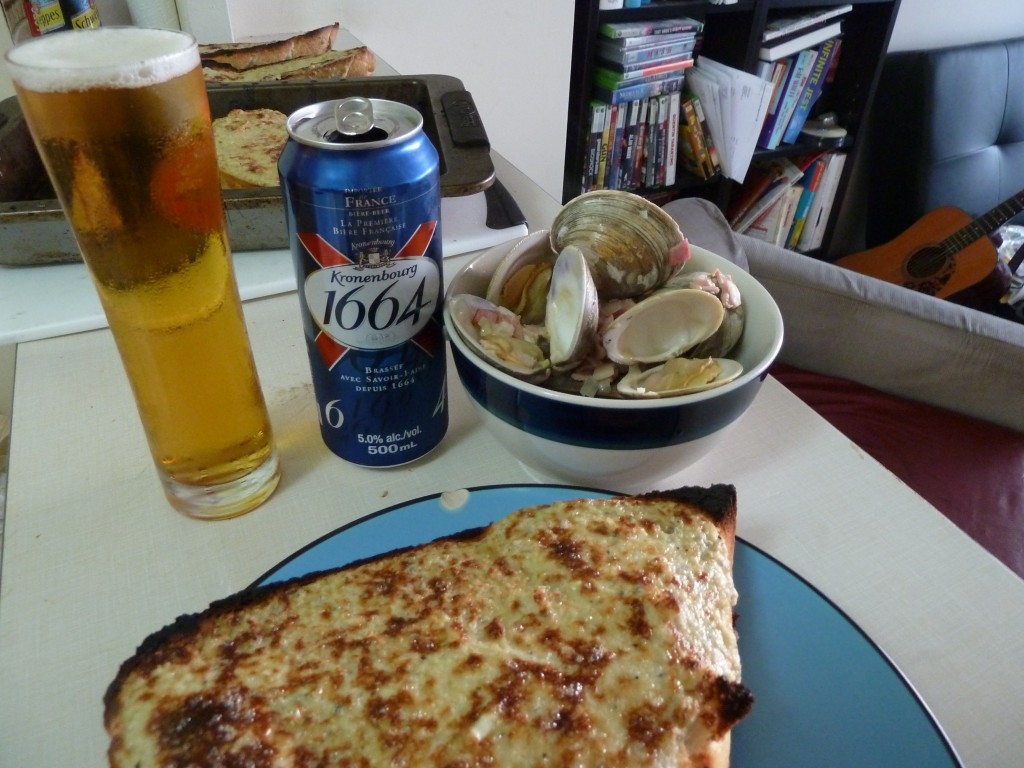Periodically over here at St. John’s Wort, PR people give me suggestions for things to do. For the sake of time, I’ll leave out the obscene suggestions. That whittles the number down to about three, which are:
1) Hey! Go to this event!
2) Hey! Drink this thing!
3) Hey! Go to this event and drink this thing!
A couple of weeks ago, for the first time ever, I was given the suggestion that I should actually cook something. This is an odd suggestion, because I am not a chef. I’m barely even a busboy. Fortunately, the nice people over at Kronenbourg 1664 decided to send me some beer, which had the effect of making me think that this might be a good idea after all.
Normally, I still would have sort of waved them off. Kronenbourg is not a product that I go out of my way for. As Euro lagers go, it’s probably somewhere in the upper tier. I’m really more of a Warsteiner guy if I’m drinking something in that range.
The point is, I think that if you’re going to talk about beer and food, it’s certainly possible to confine yourself to things you like. That could very quickly become the kind of pointlessly self indulgent exercise in internet bloggery that no one in their right mind would care about, let alone read.
Plus, you know, they sent recipes and I’m easing into this thing.
THE BEER:
Kronenbourg 1664 was first brewed in 1952 in Alsace. It’s brewed with water from the Vosges mountains and uses Strisselspalt hops, which are exclusive to the Alsace region according to the recipe pamphlet. You’ve got pear and apple esters on the nose, which give way to a little honeyed sweetness in the middle of the palate, which is offset a little by the maize used in brewing it. I get a sort of white peppery spiciness just after the swallow.
The pamphlet tasting notes suggest that it is redolent of Mirabelle plums. It may well be, but I’ve never tasted one so I’m going to ignore that temporarily. It also suggests Apricot, which I didn’t get bunches of initially. Other people’s tasting notes are funny, because as soon as you read them, you become highly suggestible.
THE RECIPES (which are hyperlinked by name):
Some of the recipes in the pamphlet I was supplied were designed by Andrew Bradford, who is the Executive Chef at up and coming urban tavern The Saint on Ossington. My friend Alex ate there a couple of weeks ago and was very positive about it. Looking at their menu, I see they specialize in classic bistro fare, which is pretty hard to do well. Probably it is very good. It also means that this was a spend.
The pamphlet says these “scrumptious summer recipes” will allow you to “enjoy the art of French pleasure … right in your backyard.” I grok marketing, so I’ll just point out that this means “try this instead of charring your steak again, Sparky. You ain’t impressing no one with that stuff.”
THE RUNDOWN:
There are a couple of relatively straightforward recipes here. There’s one for an Avocado and Shrimp Verrine, which looks good. There is also one for a Potato Crusted Halibut with Kronenbourg 1664 Blanc Pea Butter Sauce. I’m sure that would be delicious, but last time I checked, Halibut is costing out at $48.50 a kilo. There is also recipe for sliders that calls for a pound of filet mignon, which is similarly priced. I think these are status ingredients. They do no harm to the dishes, but the primary reason for their inclusion is to wow your guests.
In point of fact, I’m not sure that this recipe pamphlet is geared towards my demographic. There is a suggestion on page 14 that I should hire a small jazz trio to perform. My budget stretches to putting the Getz/Gilberto album on repeat. I promise to stare wistfully at a picture of the Champs D’Elysee to provide ambience.
There’s a recipe here for a simple Grilled Brie and Apple Sandwich. It works well with Kronenbourg primarily because of the dominant pear and apple esters on the nose. The recipe suggests that you add sugar and cinnamon to taste, which I suppose might possibly work with an appetizer portion. I, being unwilling to cook a tiny sandwich, went with a larger size. I think it desperately requires seasoning. You’d practically be better off keeping the brie, but julienning the apple slices and adding some finely shredded prosciutto. If you tossed the apple and prosciutto and added some cracked black pepper before adding it to the sandwich and grilling, you’d have an additional matching component for the beer’s finish, creating a continuity of flavor. Also, some salt, which it badly needs.
COOKING
Since I’m curious about The Saint and Andrew Bradford’s recipes, I decided to attempt the recipe for Clams, Bacon, Beer with Smoked Blue Cheese Toast.This is closer to my price range, since littlenecks seem to run about six bucks a pound. Also, I’ve never had clams before, so there’s that appealing novelty factor.
I have to say that this is a pairing that works. You get a certain amount of earthiness from the blue cheese and the bread is there to soak up the broth from steaming the clams. The interesting thing is that for Kronenbourg 1664 by itself, there’s not a huge hop presence. It’s basically detectable towards the finish on the palate. When you pair it with the clams, the sweetness from the clams, shallots, and also from the broth (because the liquid reducess, there’s a concentration of whatever sugars are left after fermentation) sort of subsumes the honey and pear character on the nose. The Strisselspalt hops are more pronounced as a result, which results in the beer tasting slightly more floral and certainly gives it a more earthy character. I think the smokiness from the bacon helps it along as well.

Clams are weird. They all open at different times, so cooking time can be unpredictable. Mussels are smaller and cook faster.
In short, this is a pairing that offsets the beer, making characteristics that were subtle more obvious.
I would try it again, but probably with mussels. I have nothing against clams, but you could easily save yourself 8 bucks in food cost by switching to mussels and I think that the result would be much the same.
WHAT DID WE LEARN?
1) Kronenbourg 1664 is being positioned as a premium import product, which is made obvious by the fact that they seem to want you to drop 15 bucks in ingredients per serving on the entrees in the pamphlet.
2) Andrew Bradford clearly knows what he’s doing with Bistro fare, so I feel like I can recommend The Saint sight unseen.
3) There is probably a good reason I get obscene suggestions from PR people.




For that true Alsace feeling, try pairing this Euro lager with a Tarte Flambe, THE regional dish of Alsace. Did the marketing department suggest this pairing at all? Sadly, on a recent trip to Alsace, this was the only beer widely available…I personally couldn’t drink an entire bottle, so thank God the Alsatian’s make great wine!! I did though happen to find a bar in Colmar that sold Murphy’s, it was ironically called Le Murphy’s, so all was not lost 🙂
Actually, I was going to wait until about Thursday and then pretend I had had a brainstorm on that. Flammekueche just makes a lot of sense here since a bacon and onion tart is nothing to be ashamed of. The recipe I found for it even incorporates beer into the dough for the tart. Better yet, you could even turn it into a summer dish by essentially converting it to a grilled pizza. You could make them appetizer sized or main course sized by literally changing the amount of dough per tart. I think someone ought to have come up with that, but I suspect it’s because they don’t want to be tied to a small province in France. I mean, the literature and ads are littered with Parisian landmarks, so there’s something weird going on there.
The history of Alsace & Lorraine is an interesting one…German place names, German food and drink (beer, flammenkuche) and German culture. All of it thoroughly suppressed by the French language and culture post WWII. It’s no wonder that the pamphlet’s a little schizo in their recommendations.
Yeah. Bismarckian consolidation did a number on it for sure. Changed hands four times in 75 years.